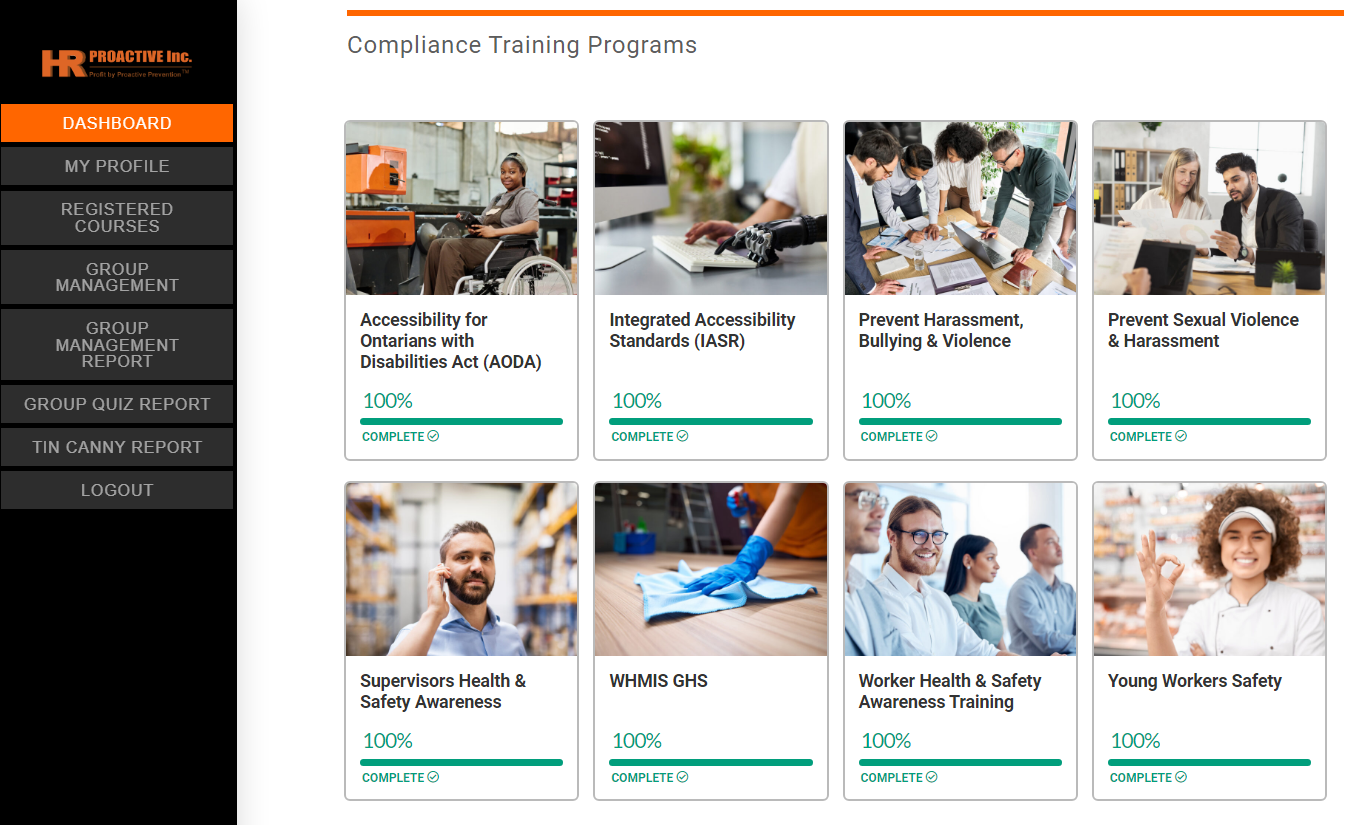Occupational Health and Safety Law
The Occupational Health and Safety Act requires that every member of the workplace do their part to ensure a safe and healthy environment. The Act legislates duties and responsibilities for the employer, supervisor, worker and others.
These duties and responsibilities for employers, supervisors and workers overlap and complement each other. Together, they create what’s known as the Internal Responsibility System.
- Make sure that required health and safety training is given to you;
- Make sure that you are provided with proper equipment and trained to use it safely;
- Make your supervisors and you aware of any known hazards in the workplace;
- Take every precaution reasonable in the circumstances to protect you; in workplaces with more than five workers, have a written health and safety policy and program, and post it where you can read it;
- Post the names of the Joint Health and Safety Committee members or Health and Safety Representatives where you can see them;
- Post the Act and the WSIB In Case of Injury poster where you can read them;
- Post Ministry of Labour orders where you can see them.
- Make sure that you (the worker) follow the law and the company safety rules;
- Make sure that you work safely and use any required safety equipment;
- Advise you of the existence of any potential or actual danger to your health and safety that they are aware of;
- Take every precaution reasonable in the circumstances to protect you.
- Comply with the Act, any applicable regulations and the company health and safety rules;
- Use all machines and equipment the way you were trained to use them;
- Use any required personal protective equipment (such as hard hat, goggles, gloves and safety glasses) the way you were trained. Don’t change them in any way;
- Report any hazards you see to your supervisor as well as anything you think may contravene the Act, its regulations or company safety rules; always work safely and not fool around.






